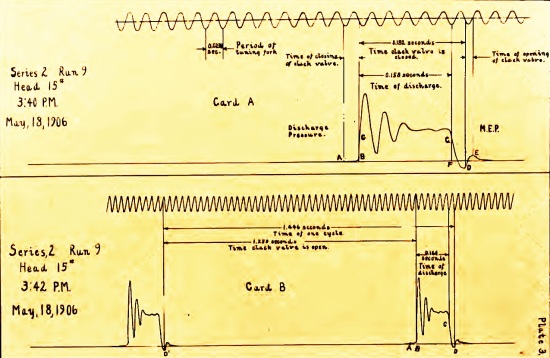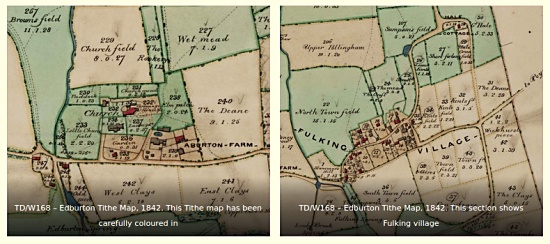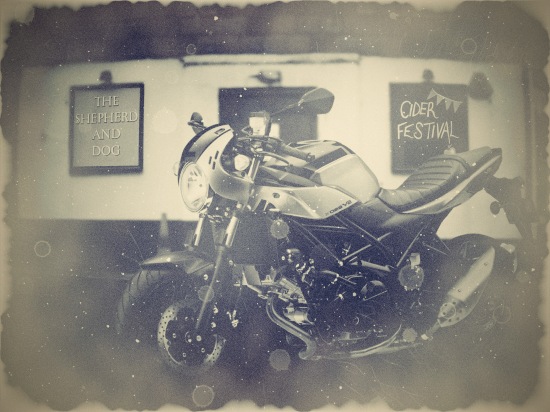 The Devil’s Dyke
The Devil’s Dyke
Martin Easdown has put together a most delightful and informative softback (A4size) history of the Dyke. This has extensive details of the three railways connected with area. Marvellous photographs from various archives including many of which come from the collection of Steve Poyntz. The original hard back edition was published in 2023 (limited to 100 copies) and was again published in 2024 by Marsteila & Brighton & Hove Museums. I got my copy from the dedicated Poynings villager Sheila Marshall who had a few copies for sale at £10. This is an absolute ‘steal’ for anyone interested in local history or who uses the great pleasure of the local Downland for dog walking etc.
The Church of England
My oh my! what a ghastly mess the Church of England finds itself in, culminating for the present, with the resignation of the Archbishop of Canterbury, Justin Welby. To my simplistic eye it looks very much that the only acceptable way forward would be to appoint a lady bishop as head of the Church and give her the authority to sort out the whole indecent mess. Whilst I am not a member of the Church I do feel there was a nationally stabilizing base emanating from its position. This is likely to erode very quickly unless positive action is taken. My sympathies lie with the many who choose to support this very old institution. It must be very disappointing and confusing for them.
Felicitations
I take this opportunity to wish you all very happy, successful and most importantly a healthy New Year. I believe that 2025 may well be a year of national re-emergence from the last sad decade. I hope to join you in this success, my heart still belongs to Fulking!
Category Archives: Local History
Family History Workshop
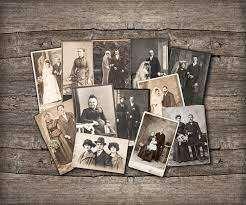
How to start and help with exploring your family history and to hear from others about their family stories.
Lead by Sue Albery at Beeding & Bramber Village Hall on Wednesday 5th April 2023 at 7.45pm (entrance to car park is opposite the hall). Organized by Beeding and Bramber Local History Society, visitors welcome — £5 entry or join on the night — membership for 1 year only £15.
On the market
In the 1930s, this site was where the village blacksmith’s shop stood. It was here that the farm and dray horses were shod and all the hardware (gates, hinges and wrought iron railings) for the Shepherd and Dog and the village houses were forged. It was originally part of the Bungalow Farm, known today as ‘Four Acres’ and it was later partitioned off from the farm as a separate property. The buildings comprised a wooden house with a corrugated iron roof and the oldest walls were constructed of horsehair, dried leaves and daub. Some of the original beams still form a feature of the interior of the house. An adjoining lean-to was fitted with a large, sliding door where carts were stored and behind this was a yard and stable.
Mr. Ernest (Ernie) Wingham, who kept cows off Holmbush Lane, occupied the house for many years. Ernie operated a milk round at the north end of Fulking. He also kept a stock of shotgun cartridges at the house and some of the older residents of the village can recall being sent to purchase these for their fathers’ guns. When Ernie later moved to Littledown Farm, he sold the property to the local builders, Ridge & Franks, who used the building to store their materials. They later rebuilt the property, converting it into a single dwelling and sold it. In the 1980s the site was enlarged to include an additional area of land to the east, which provided a garden and parking area. Parts of the old farm walls still survive as testament to the origins of this small cottage with its wonderful views south to the Downs.
Passages quoted from Anthony R. Brooks (2008) The Changing Times of Fulking & Edburton. Chichester: RPM Print & Design, pages 142-143.
And Barn Cottage, in the north west corner of old Hut Farm? Exactly what it says: a bungalow built ‘inside’ a barn when planners said ‘no’ to proposed demolition.
Passage quoted from Gill Milner (2013) Hugh Rapley at Hut Farm.
Bobservation No. 87: Village Times & Politicians

The Changing Times of Fulking & Edburton Vol 2 2007-2015 by Tony Brooks
Tony’s son Trevor has uncovered some 25 copies of this remarkable history that Tony created. He has requested that these be sold for a donation to be given to the Alzheimers Society. I do highly recommend this to villagers for a donation of £5 cash. Please give me a shout on 271 or email me if you would like a copy. If you know someone who has Vol 1 this would make a very nice stocking filler!
National Governance
Believe me this is an apolitical opinion. Over the course of my long life I have at various times supported and voted Conservative, Green, Labour, Liberal and Social Democrat. I just feel so aggrieved at the attitude and performance of the current Government that I had to express my thoughts. I have seen countries governed by political clowns such as Mussolini, Berlasconi, Trump and Bolsonaro and it saddens me to see my own country falling into the same political cesspit. The awarding of peerages for personal favours and to chums has reached a ludicrous level and greatly diminished the standing of the House of Lords, not that it was ever particularly very high! I do hope that the electorate will take on board the criticisms by John Major about the appalling Owen Paterson scandal. As villagers we take part in the first rung of the ladder of democracy in appointing Parish Councillors and subsequently District and County Councillors and lastly Members of Parliament to represent us at the highest level. I do beg you, when the appropriate time comes, to cast your vote thoughtfully and with consideration for the immediate past. It is correct that Governments and Councils should be held to account for their performance while in office.
Christmas Party
It had been intended to have the usual village Christmas party in the village hall on Saturday 11th December. The Fulking Social Committee decided not to go ahead with the event due to the difficulty of complying with basic Covid precautions. An outdoor event will be held in the North Town Field taking its place. Please do not relax your caution in fighting this pandemic.
Bobservation No. 86: Tony Brooks RIP
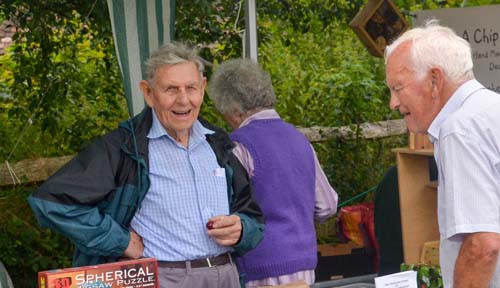 Sadly, Tony Brooks passed away on Sunday 17th October as the result of a stroke and after some 5 years of Alzheimers, the latter eighteen months of which were spent in a nursing home. He was 89.
Sadly, Tony Brooks passed away on Sunday 17th October as the result of a stroke and after some 5 years of Alzheimers, the latter eighteen months of which were spent in a nursing home. He was 89.
His total involvement with Fulking was greater than any other villager in the thirty years I have been in Fulking. His advice and help was always available and his engineering background very useful.
Tony and Doris first came to Fulking in 1965 when they purchased the nursery garden at Hillbrook. Over the next 50 or so years he was involved, one way or another, with everything in the village. Having lived in a mobile home on site for 5 years he obtained planning permission to build a bungalow and proceeded to build it himself! The nursery closed in 1998.
Tony’s activities included being elected to the Parish Council and subsequently becoming Chair, and being a backbone of the village Social Committee. He was very active in the Village Hall Action Group improving and maintaining the village hall.
The author of a most comprehensive history ‘The changing Times of Fulking & Edburton 1900 to 2007’, which details the history of practically every house, the profit from which (several thousand pounds) he generously donated to the St Andrews restoration fund. Subsequently he wrote a Volume 2 covering 2007 to 2015. He also wrote a history of the Shepherd & Dog pub. Copies of these books may be available in due course for a donation to the Alzheimers Society.
While his death does not come as a shock it does bring back many memories of what, in these troubled times, seems to have been so satisfying.
The funeral will take place at the Downs Crematorium, Bear Road, Brighton on Thursday 4 November at 1pm.
Lastly, Doris we are thinking of you and send you all our love.
Edburton Tithe Map
This website frequently makes use of clips from the Edburton Tithe Map of 1842 to illustrate posts. Not a lot has changed hereabouts in the last 180 years so the map is still both useful and attractive. If you have ever wondered how such a map came to be, then the West Sussex County Record Office has an interesting recent post by Abigail Hartley, their Searchroom Archivist. She uses Edburton as an example of a tithe map that is still in superb condition. The map shows the ecclesiastical parish of Edburton, the area served by St. Andrew’s, and thus shows all of Fulking, together with Edburton proper.
The map is still available from the Record Office (details via the link above). Local walkers are probably best advised to order the JPEG version and copy it to a tablet or mobile phone for consultation in situ. Unlike a large scale OS map, the tithe map does not mark the status of routes as ‘bridleways’, ‘public footpaths’, etc. If you are relatively new to the area, and plan to use the map for walking, then you may want to use an image editor like Photoshop to copy those indications over from OS Explorer 122.
A tithe map, like the Domesday Book, is ultimately about taxation. To that end the Edburton map uses colour to distinguish between the buildings then used for human habitation (red) and all the others (grey), typically agricultural buildings for animal accommodation or feed storage. That distinction alone tells us quite a lot about mid-C19 activity in the central section of The Street (between the pub and the building now known as Yew Tree Cottage).
Another feature of the tithe map, not shared with any of the various iterations of OS maps, is that it records the names of (all!) the fields. These names are often full of information, thus ‘Fulking Mills’ is located just where two of the local spring streams merge, an ideal location for fulling mills; ‘Coneybeare’ and ‘Upper Coney Burrow’ were probably both once sources of rabbit meat, the latter conveniently placed for the Perching Manor dinner table; ‘The Rookery’ and ‘Hog Pasture’ need no translation; and nor does ‘Boggy Lagg’ if you make the mistake of traversing it in mid-February with the wrong shoes on.
Your chance to record history
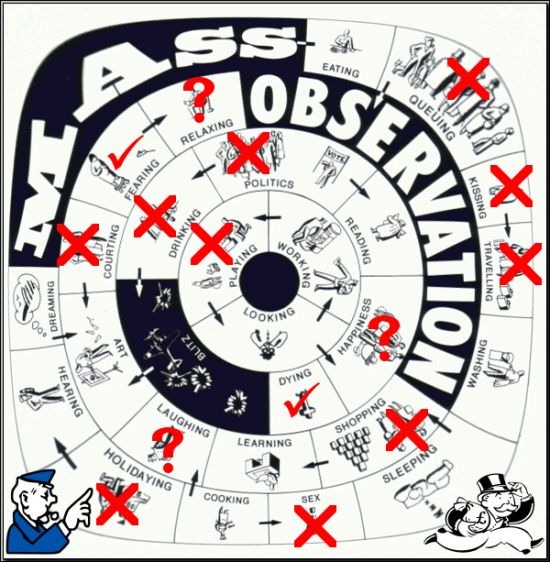
West Sussex Record Office solicits your diaries, oral histories, photographs, letters, leaflets, flyers, posters, etc., over the pandemic period.
Fulking Conservation Area Reprise
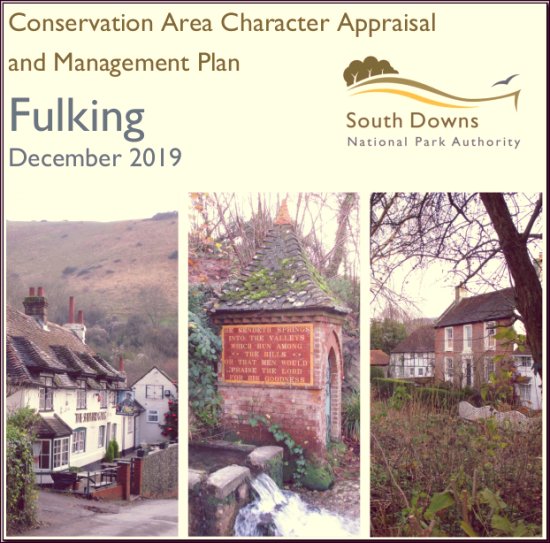
This document will soon be plopping onto your doormat. If you live in the conservation area (current or proposed), please review it carefully. Mistakes have already been spotted. Send any that you notice to Trevor so that he can collate them for the Parish Council’s response.
The history of the issue is described here but you will need to respond to the new SDNPA document, not the old MSDC one.


